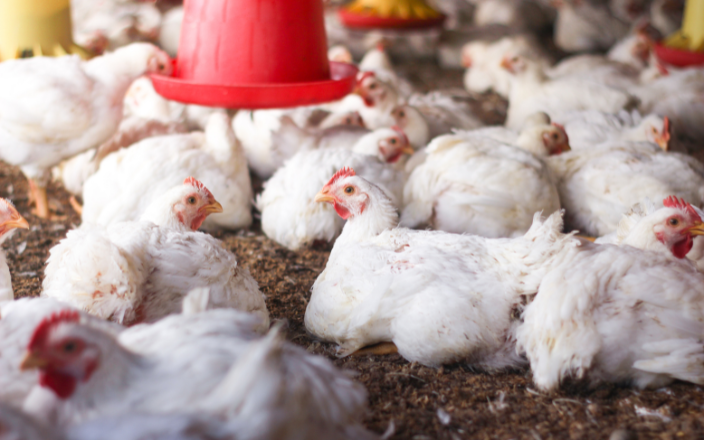The United States has long been a significant player in the global poultry market, particularly in broiler exports. However, recent trends indicate that U.S. broiler exports have remained steady at historically low levels. This situation is influenced by a combination of market dynamics, international competition, and shifting demand patterns.
Historical context and current trends
Historically, the U.S. has been a major exporter of broiler meat, benefiting from its efficient production systems and high-quality standards. However, in recent years, the landscape has changed. According to the USDA, U.S. broiler exports totaled 608.7 million pounds in January 2024, a decrease of 3.4% from January 2023. This decline is part of a broader trend where U.S. broiler exports have struggled to maintain their previous highs.
Factors contributing to low export levels
Several factors contribute to the current state of U.S. broiler exports. One significant factor is the increased competition from other major poultry-exporting countries, particularly Brazil. Brazil has been able to offer competitive prices, making it a preferred supplier in many international markets. Additionally, rising production costs in the U.S. have made American broiler meat less competitive on the global stage.
Another contributing factor is the changing demand patterns in key export markets. For instance, China, which was once a major importer of U.S. broiler meat, has significantly reduced its imports. In January 2024, China accounted for only 1.4% of U.S. broiler exports. This decline is partly due to China’s efforts to boost its domestic poultry production and reduce reliance on imports.
Impact on the U.S. poultry industry
The steady yet low levels of broiler exports have several implications for the U.S. poultry industry. On one hand, it has prompted producers to focus more on the domestic market, where demand remains robust. The USDA projects that domestic consumption of broiler meat will continue to grow, driven by its affordability compared to other meats like beef and pork.
On the other hand, the industry faces challenges in maintaining profitability amid rising production costs and stagnant export growth. Producers are exploring ways to enhance efficiency and reduce costs to remain competitive. Innovations in feed technology, breeding practices, and processing methods are some of the strategies being employed to achieve this goal.
Future outlook
Looking ahead, the future of U.S. broiler exports will depend on several factors, including global economic conditions, trade policies, and advancements in production technology. While the USDA projects a steady growth in broiler exports through 2033, reaching 8.07 billion pounds, the industry must navigate the complexities of international trade and competition.
In conclusion, while U.S. broiler exports remain steady at historically low levels, the industry is adapting to the changing landscape. By focusing on efficiency and innovation, U.S. poultry producers aim to maintain their position in the global market and capitalize on emerging opportunities.
Sources: Available upon request

